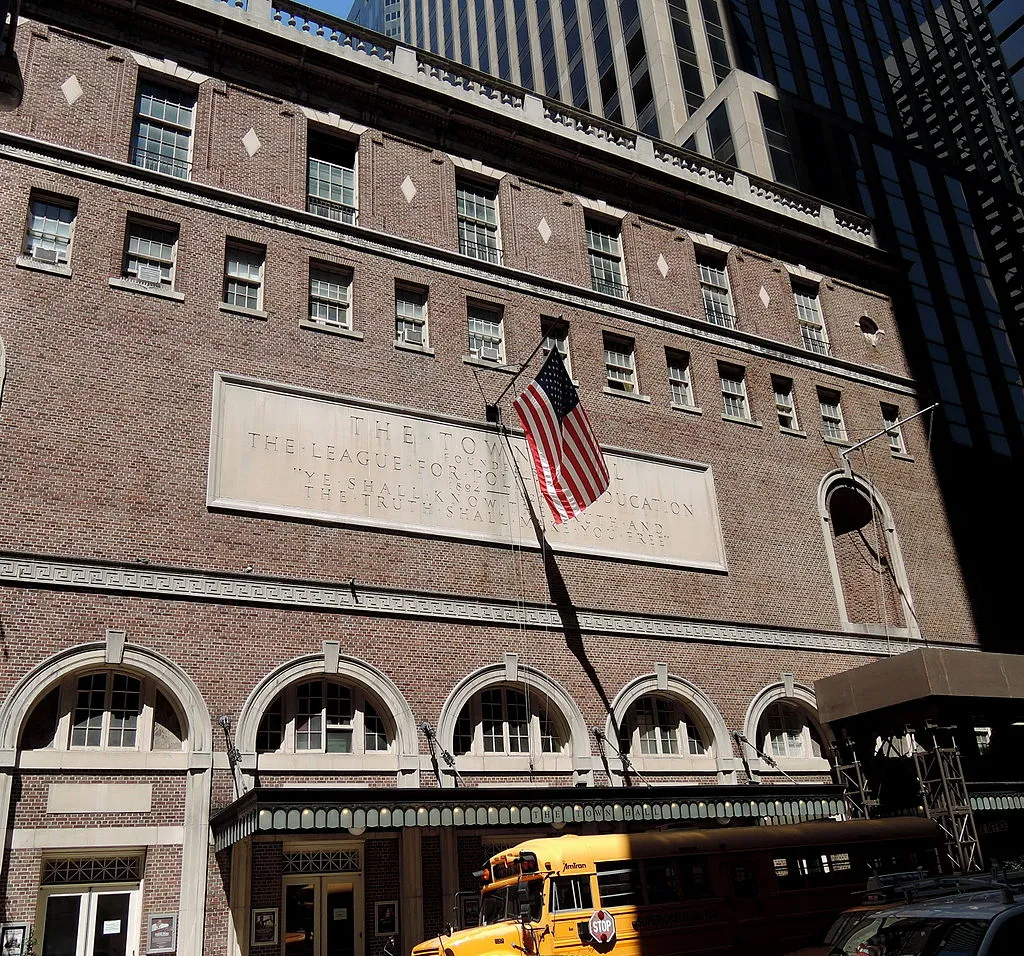Three Surprising Finds from the New Alan Lomax Archive
A new online database shares more than 17,000 recordings from the folk music archivist
/https://tf-cmsv2-smithsonianmag-media.s3.amazonaws.com/filer/af/cb/afcb2d4f-75de-4bda-af0f-d067dcc86368/alan_lomax.jpg)
Between 1933 and 1942, musicologist Alan Lomax traveled through Appalachia and the South, collecting folk songs for the Library of Congress. His work preserved national treasures: rare Appalachian folk ballads, recordings of Jelly Roll Morton and Muddy Waters, as well as prison and field songs that would have simply disappeared if he had not been there to document them. Most of his work from that period is available to the public, but after his project, Lomax kept on collecting for the next 50 years, building up a massive private collection of folk and indigenous music. He always hoped that technology would allow him to share his recordings with the world, but he died in 2002 before he could fully digitize and share his life's work. Now his heirs and the organization he founded, The Association for Cultural Equity, have realized Lomax’s dream—putting more than 17,400 digital audio files on the web for anyone to listen to.
The archive is vast, and covers music from his trips to the Dominican Republic, Scotland, Italy, Morocco, as well as the Southern U.S. It also contains collections of his photos, videos, radio programs and recordings of lectures and discussions he participated in. “For the first time, everything that we've digitized of Alan’s field recording trips are online, on our website,” Don Fleming executive director of the Association for Cultural Equity tells NPR. “It's every take, all the way through. False takes, interviews, music. We err on the side of doing the maximum amount possible.”
While it would take years to peruse the whole collection, check out a few of the collection's more interesting finds:
In 1961, Bessie Jones showed up at Alan Lomax’s door in New York. A gospel singer who grew up learning the slave, field songs and spirituals passed down by her parents and neighbors in the sea isles of Georgia and South Carolina, Smith asked Lomax—who she'd met at St. Simons Island in 1959—to record her life story. Over a period of three months, Lomax recorded many of her songs, and she eventually went on to make several albums and tour the country with the Sea Island Singers.
But arguably the best part of her sessions with Lomax are her great stories, which ranged from how to sell your soul to the devil to life as a migrant farm worker.
Lomax loved music of all kinds, and listened to contemporary popular music with a depth few others could match. In 1995, in notes from one of his many interviews and lectures, he explains that “Synchronicity” by the white, British group, the Police is popular with Americans because of its “Holy Roller type enthusiasm” and that its “isorhythmic patterns in both voice and instruments, short notes,” and “relentless energy” takes a lot from African-American performers. In the same discussion, he lays out the reasons “Hey Jude” is the best Beatles song, and how James Brown’s “Papa’s Got a Brand New Bag” is related to operatic techniques.
In the 1940s, Lomax would rent Town Hall in New York and put on thematic performances like Ballads at Midnight, Blues at Midnight, and many others. Calypso at Midnight, however, is the only one of those early concerts that was recorded. It offers a great window into how Lomax curated and promoted early folk music. Not only that, it’s a fun listen, with performance from Calypso greats like Lord Invader, MacBeth the Great, Duke of Iron and many others.



